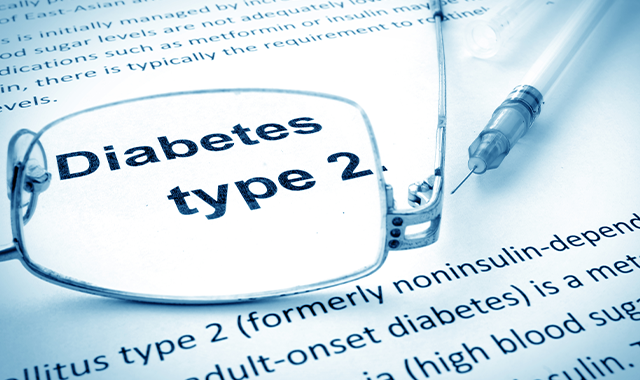Victoza (Liraglutide): Potential New Treatment for Child and Adolescent Type 2 Diabetes
Results from a recent ELLIPSE trial indicate superiority in reducing blood sugar when compared to the placebo.

Results from a recent ELLIPSE trial examining the safety and efficacy of Victoza (liraglutide) 1.8 mg injection indicate that it may be beneficial in reducing blood sugar for children with type 2 diabetes.
Novo Nordisk conducted the first-ever phase 3 clinical trial including children and adolescents with type 2 diabetes in more than a decade. The trial had two parts: a 26-week double-blind treatment period, followed by a 26-week open-label extension period. When added to metformin, with or without concurrent basal insulin treatment, liraglutide was shown to have significantly reduced A1c at both 26 weeks (-0.64%) and 52 weeks (-0.50%) compared with the placebo.
Conversely, patients receiving the placebo experienced increased A1c at both 26 weeks (+0.42%) and 52 weeks (+0.80%).
Liraglutide is a human glucagon-like peptide-1 (GLP-1) receptor agonist indicated as an adjunct to diet and exercise to improve glycemic control in adults with type 2 diabetes mellitus, and to reduce the risk of major adverse cardiovascular events in adults with type 2 diabetes mellitus and established cardiovascular disease.
Liraglutide is injected subcutaneously into the abdomen, thigh, or upper arm, once daily independent of meals. The initial dosage is 0.6 mg per day for one week, increased to 1.2 mg injections thereafter. The maximum dosage is 1.8 mg to achieving additional glycemic control. Patients in the ELLIPSE study received that dosage.
Victoza is contraindicated in patients with personal or family history of medullary thyroid carcinoma, patients with Multiple Endocrine Neoplasia syndrome type 2, or those that have experienced a prior serious hypersensitivity reaction to Victoza or any of its product components.
Adverse reactions reported with Victoza in adults include nausea, diarrhea, vomiting, decreased appetite, dyspepsia, and constipation. In the ELLIPSE trial, adverse reactions that occurred in more than 5% of the child or adolescent trial participants included headache, nasopharyngitis, dizziness, gastroenteritis, upper respiratory tract infection, rash, pyrexia, and decreased appetite.
According to the CDC, risk factors for developing Type 2 diabetes in childhood include: excess weight (particularly belly fat), heredity - a close family member with type 2 diabetes, a mother that developed gestational diabetes, or being of African America, Hispanic/Latino, Native American/Alaska Native, Asian American, or Pacific Islander descent; maintaining a sedentary lifestyle; or having one or more conditions related to insulin resistance.